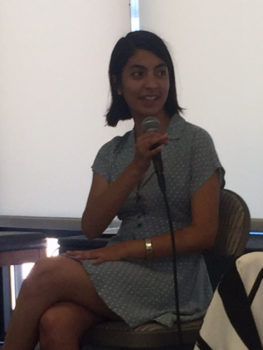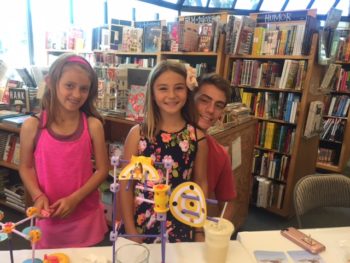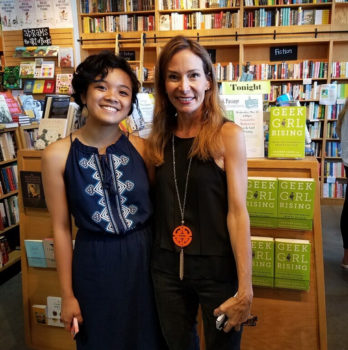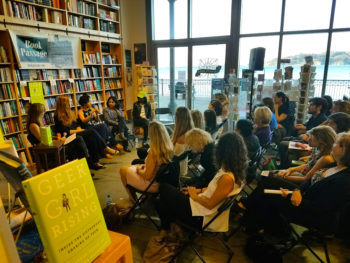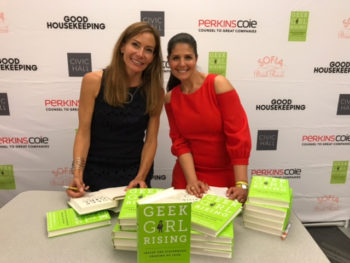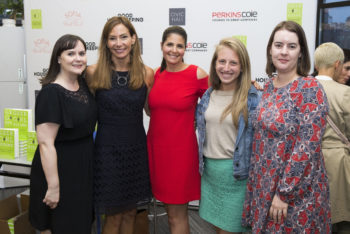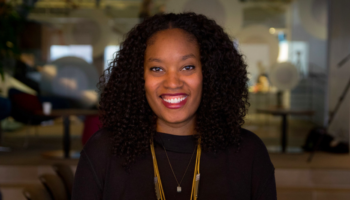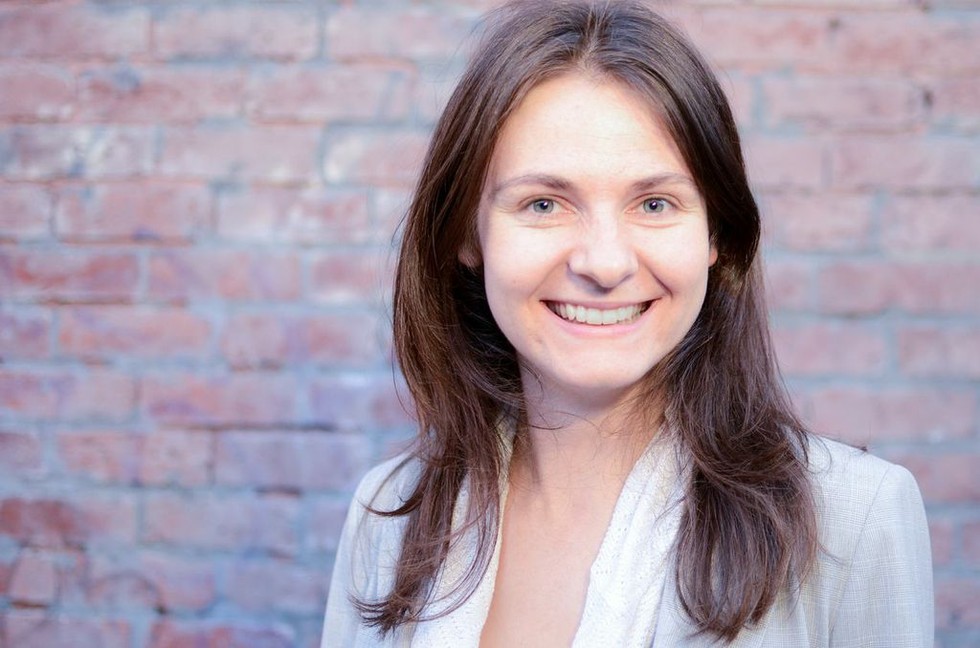
Good news, ladies: women are kind of killing it in virtual reality. This feels like a big deal not because it represents general progress in the tech industry, but because VR won’t really have to be corrected. Think about it: the entire world of gaming was perceived as a boys’ club pretty much until relatively recent data started to make it clear that girls like games too.
Case in point, one set of data found that “adult women” are the most active demographic in gaming – take that, stereotypical boys in basements! But in VR, the way things are looking, no such data sets are ever going to be needed, because women are making an impact from the start.
The way we see it, if we keep highlighting this fact, we’ll avoid ever falling into a misconception about VR being another tech boys’ club. With me? Good! So, as part of that effort, we wanted to point to a few specific women who are getting things done in virtual reality.
Jennifer Scheurle – Opaque Space Game Design Leader
Opaque Space isn’t a huge name in VR unless you pay attention – but once you take a look, it’s representative of some of the most exciting things about the technology. There was an article back in 2016 commenting on some of the potential for gaming in VR that had a lovely bit about exploring new environments, basically discussing how VR could put any ordinary activity into any space. Opaque Space, whose game design leader is Jennifer Scheurle, exemplifies this basic but fundamental capability, most notably by taking users on a realistic journey to space.
Suzanne Leibrick – ARVR Academy Founder, VR Artist & Storyteller
As you can see from the title and job description above, Suzanne Leibrick does a little bit of everything in this industry. And what’s more, she does it with something of a humanitarian angle. ARVR Academy is a nonprofit whose primary function is to educate communities that might be a little bit behind on AR and VR in the technology. Basically, Leibrick – in addition to being able to put together her own VR experiences – is helping to ensure that there are more Suzanne Leibricks coming from all sides. Not a bad way to affect an industry in its infancy.
Pranee McKinlay – Future State Machine Creative Director, Game Developer
A Medium article from 2016 suggested that VR storytelling wasn’t working and might never work. The author claimed that storytelling itself is a retroactive art form and therefore difficult to carry out within the extraordinarily “present” nature of VR. We get it, but it never quite rang like a fully damning observation. And, to support the idea that VR storytelling can work, we have people like Pranee McKinlay. McKinlay works as a creative director for a company, Future State Machine, that aims specifically to create narrative-driven VR experiences. They’re in the early going with VR, but based on some of their previous games, they’re on the right track.
Christina Heller – VR Playhouse CEO & Co-Founder
Christina Heller is a little bit of a different choice on this list because she’s effectively running a studio, rather than working on the creative or technical end of a gaming company. VR Playhouse produces cinematic experiences in VR and AR, and has already worked with people as big as Ken Burns, and won an award or two. Heller’s work is a nice reminder that VR and AR are important in the entertainment world, beyond pure gaming.
Nonny de la Pena – Emblematic CEO & VR Journalist
Last but certainly not least, we have to touch on the journalism side of things! Articles like this very one are hopefully going to do their part to promote the leading ladies of VR. But it helps to have female voices in the industry generally producing content as well. Nonny de la Pena is doing just that, while running a VR company and giving TED talks. Go get ‘em, Nonny.


